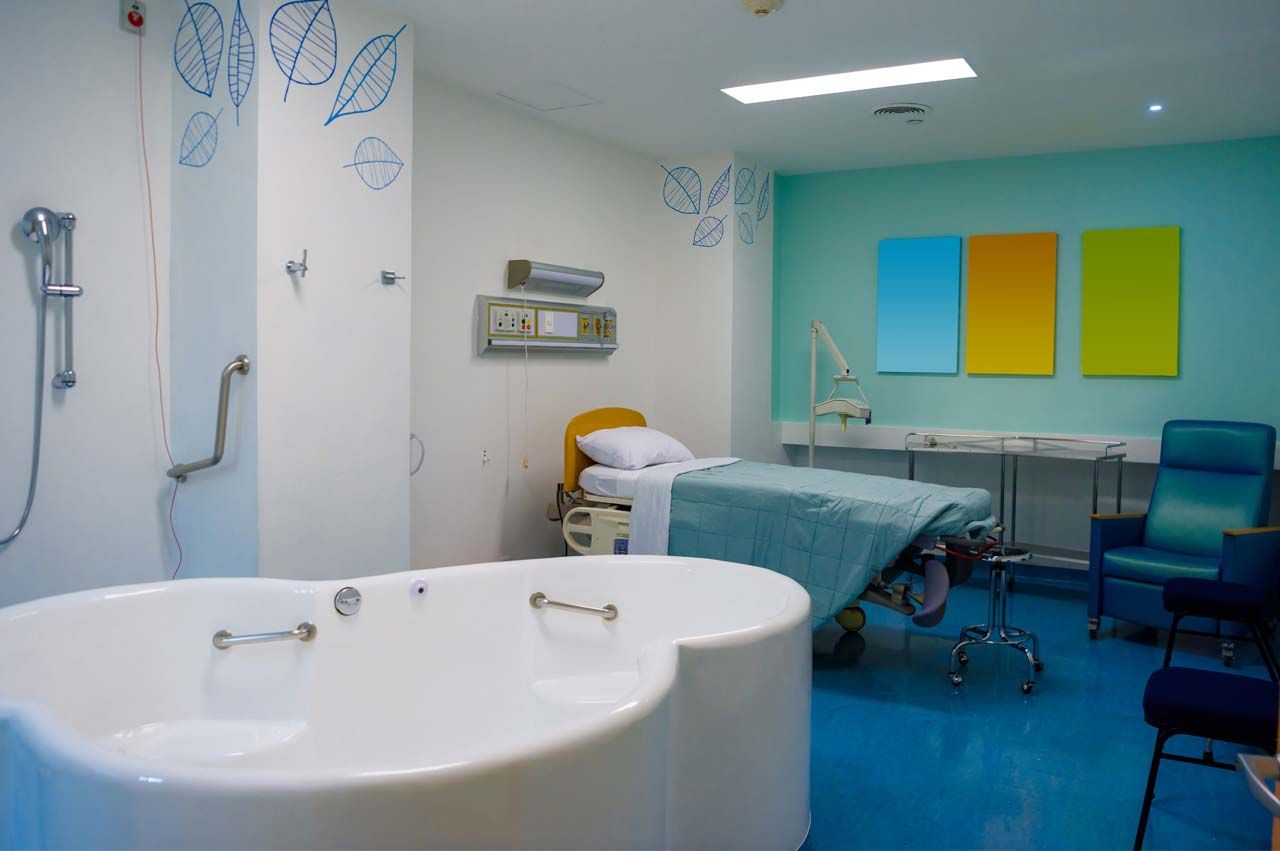
Water birth
This retrospective cohort study used routinely collected electronic data from 2015-16 to ascertain the proportion of births recorded as having occurred in water, the characteristics of women who experienced water birth and the odds of key maternal and neonatal complications associated with giving birth in water. 46,088 women in 35 English NHS Trusts were included in the study.
All were at low or intermediate risk of birth complications, had a singleton pregnancy and experienced spontaneous vaginal births. Of these 6264 (13.6%) were recorded as having given birth in water. Water birth was more likely in older women up to the age of 40. Women under the age of 25, of higher parity, obese (BMI 30–34.9), from the Black and Asian communities or from socio-economically deprived areas were less likely to give birth in water.
There was no association between delivery in water and low Apgar score or incidence of obstetric anal sphincter injury (OASI). There was an association between waterbirth and reduced incidence of postpartum haemorrhage and neonatal unit admission.
Read more: Aughey, H. (2021) Water birth: a national retrospective cohort study of factors associated with its use among women in England. BMC Pregnancy and Childbirth, (21), Article number: 256. doi.org/10.1186/s12884-021-03724-6
- Created on .
